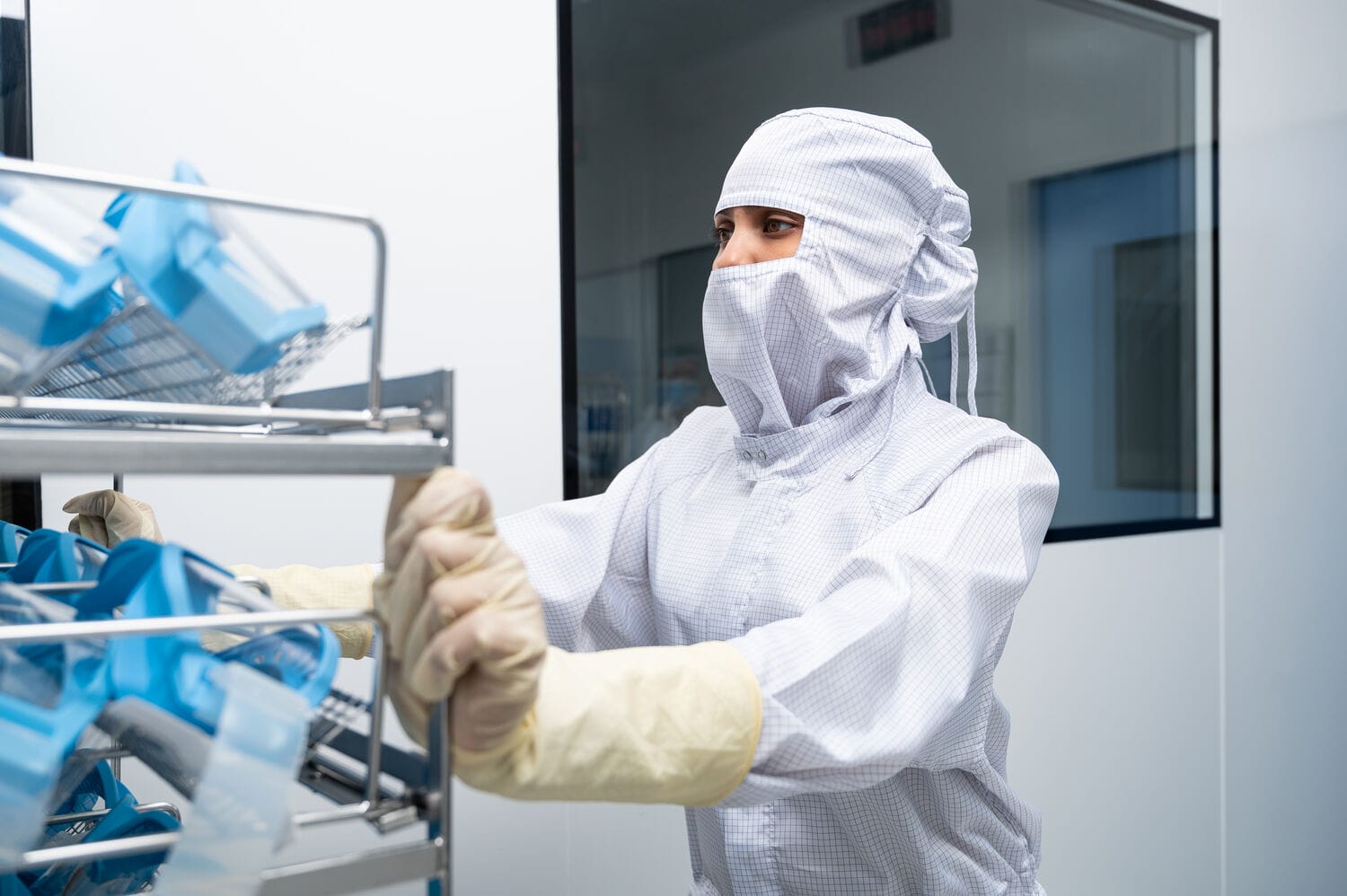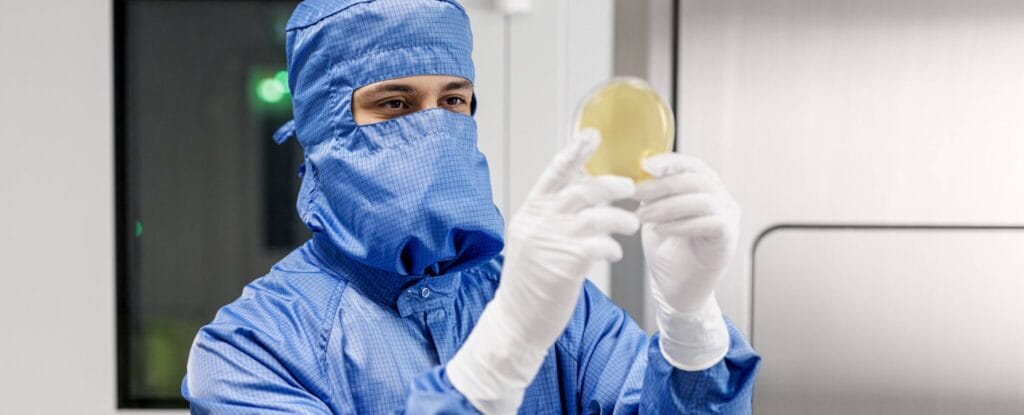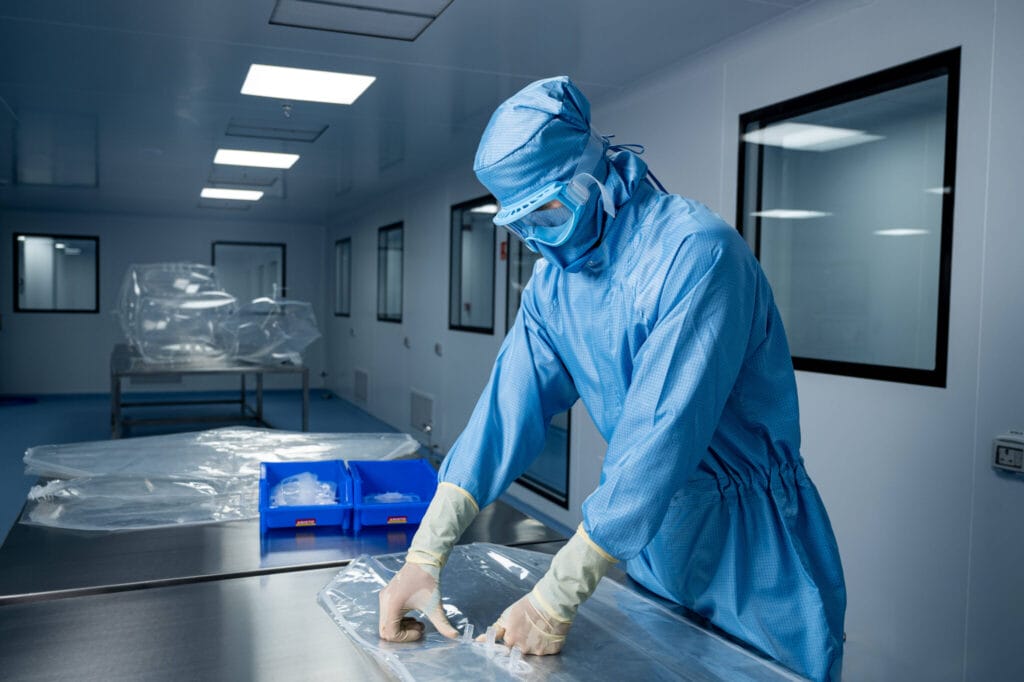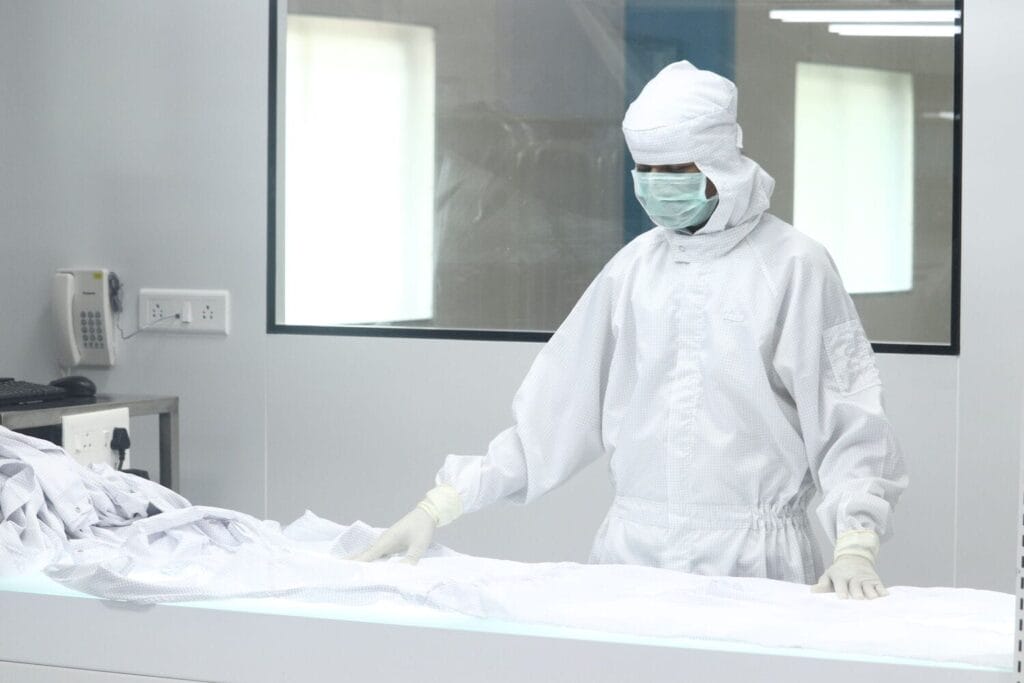
Types and contamination sources in pharmaceuticals
Cleanliness and purity are the overriding priorities in the pharmaceutical sector. Such errors can result in compromised product safety, code violation, and injuries to patients. Thus, it is important to learn about different types of contamination in the pharmaceutical industry and sources of contamination in pharmaceutical industry to mitigate these risks. By targeting these elements, pharmaceutical companies can free their products from contamination and bring occupational health to a higher level.
Types of contamination in the pharmaceutical industry
In drug production, there are different types of contamination in pharmaceutical industry that are harmful to the product’s quality, integrity, and safety. The most common forms of contamination include:
- Microbial Contamination: Microbial contamination is the pollution of a product by adding either bacteria, which are microorganisms or viruses, or fungi, among others. This type of contamination is very serious in the pharmaceutical sector because a small number of harmful microbes is enough to spoil the product or infect the users. Microbial contamination is a major concern in the sterile manufacturing process, especially during injectable products, where even one microbial entity can cause contamination in the dosage form.
- Particulate Contamination: Particulate contamination is the contamination of particulate solid materials which are not supposed to be present in the product and are accidentally introduced during manufacturing; dust, fibres or metal shavings are good examples. These either originate from machinery, the atmosphere or even from the worker’s clothing. For instance, in injectables, the presence of particulates may lead to embolism or infections, among other adverse health effects.
- Chemical Contamination: A chemical contamination arises when a forbidden chemical substance, may it be cleaning chemicals, lubricants or contents of other batch processes gets incorporated into the product. Sometimes, product manufacturers also face a problem of chemical contamination due to cross contamination during production where two or more products are manufactured in the same facilities. Such contamination could negatively affect the therapeutic effect of the drug or evoke undesirable adverse effects in the patients.
- Cross-Contamination: Cross-contamination is considered as the transfer of one or more internal contaminants from one product to another product in an undesired manner during threshold processes of production. This is of particular concern for users of multiple product formulations and facilities as well as those with shared equipment. Cross-contamination may result from areas that are assumed to be clean,4 or areas used for other purposes like packaging, garments, baked products or airborne particles. It has severe implications in terms of regulation and safety.
- Endotoxin Contamination: Endotoxins are defined as viscous substances shed from the outer layers of specific types of gram-negative bacteria. However, these do not disappear even after destroying the bacteria in the subjected product. It is a contaminant considered an extreme threat to sterile dosage from manufacturing.
Sources of contamination in the pharmaceutical industry
In order to address the issues of contamination within the pharmaceutical industry, it becomes important to know the provinces of contamination in the created environments. Since Clean rooms are maintained for restricted areas, contaminations can be due to several reasons at various points, such as:
- Personnel: Human workers are one of the largest sources of contamination in pharmaceutical production. It would be in the form of skin and hair particles, sweat and other life forms carried by the body fluids and surfaces. While appropriate gowning is critical in these environments, especially when handling powders, more often, this is mismanaged. This is why strict gowning protocols, including the use of gloves, masks, and cleanroom suits, are enforced in pharmaceutical manufacturing environments.
- Equipment: The equipment employed in the production activities can also be a significant source of contamination when not properly handled and cleaned. Contamination may also come from residues on the machine from past productions, deposition due to machine parts getting scratched or even machine grease. Maintenance and cleaning are critically important so that equipment does not have a negative impact on the cleanliness of the production environment.
- Raw Materials: The raw materials themselves can be a source of some contaminants; microorganisms or particulates for instance, which are assimilated during extraction, handling or even transport. Several protective actions such as appropriate technologies and raw material testing should be adhered to prevent contamination and avoid compromising the quality of the production process.
- Environmental Factors: Environmental contamination can be another source of cross-contamination in the manufacturing of pharmaceutical products. Cross-contamination can be caused by fungicides and mild disinfectants used before production, airborne particles, variations in temperature, humidity and even vibrations. Cleanrooms equipped with ventilation and air filtration systems are incorporated to reduce environmental pollution, but there can be a downside: if any of the cleanable-faced dirt control systems gets disturbed, the outcome can be unbearable.
- Packing materials: It has been suggested that contamination may also enter the system via packaging materials especially when the materials are not clean. Such poor handling during the packaging process can fan the contamination flames, and therefore correct and thorough packaging methods and materials must be employed.
Conclusion
In pharmaceutical marketing, contamination control is a measure of product integrity and compliance with regulations and laws. Considering the fact that there are various types of contamination in the pharmaceutical industry, including where to buy sterile cannabis oil from and source of contamination in pharmaceutical industry environments, a firm should have strategies in place to minimize these concerns.
If the staff follow stringent cleanliness measures and work with the latest equipment while analyzing potential tropical contaminants, there will be minimal chances of compromising the quality of pharmaceutical drugs, thus assuring the safety of patients.



